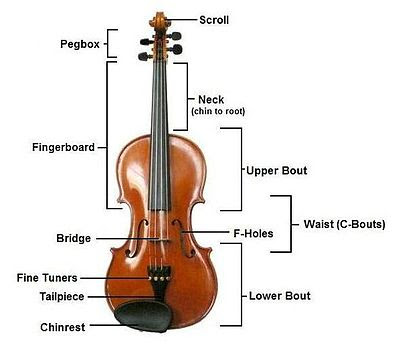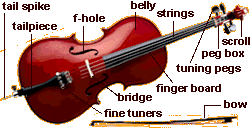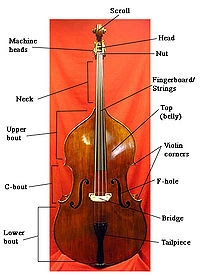A demo of the ideas I have used to score a clip from 'North by Northwest'.
Using brass rhythmically has been my main focus, but also looking at articulation, suspense and fitting memorable brass motifs to the character's movement in the film clip. At the moment the score is sounding bare without the rest of the orchestral instruments (strings and woodwind), however, so far the score has been successful at creating a build up of pulse/rhythm, alternating between different members of the brass family, and creating atmosphere/suspense to the scene.
Techniques to use/used:
-theme and brass variations
-increase in tempo
-ostinato
-using brass as a rhythmic device
-call and response
-assigning specific timbres/instruments to different notes/layers within a chord/movement
Influences:
Hans Zimmer's score to Gladiator:
This score influenced my choosing of roles for each brass instrument and creating suspense using crescendos. The trumpets in my score are heavily influenced by their roles in Hans Zimmer's score: at 4:29 on the given video example, the trumpets carry a strong continuous pulse that creates suspense and build up for the rest of the instruments.
Bernard Herrmann’s original score to Alfred Hitchcock's 'North by Northwest':
I was most influenced by Herrmann's use of semi-tones, call and response and off-beat rhythms. His use of semi-tones create a suspense effect (similar to the score accompanying the film 'Jaws'), his call and response method allows the small responses at the beginning of the score to take flight into a melody carrying the score to a different key and mood. Herrmann also uses the trumpets to play one note rhythmically as a build up method (similar to the continuous pulse of trumpets created by Hans Zimmer).
Family Guy's episode 'And Then There Were Fewer' opening theme song, composed by Walter Murphy:
This music score influenced my use of brass as a rhythmic device, using the low instruments like basses with a steady pulse, alternating with trumpets carrying the theme/melody (although Walter Murphy's composition relies heavily on the strings to carry the main theme).
Video with score:




